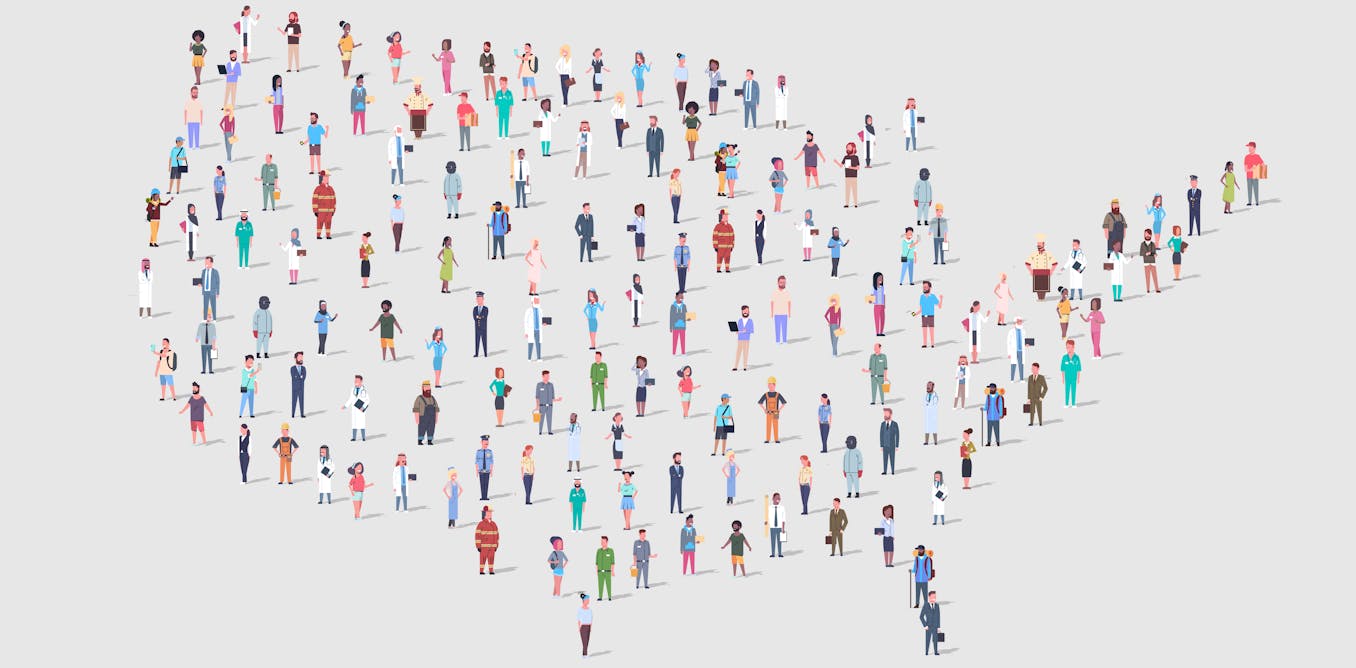Sleep apnea is usually considered as chronic or ongoing. It is a condition that often leads to disrupted sleep and could happen in a person for about three or sometimes more nights every single week. The affected person often suddenly moves out of deep sleep and goes into a very light sleep as breathing pauses or becomes very shallow. It is also observed that when the person resumes normal breathing after a sleep apnea attack, he creates a loud choking sound or snort.
It could result to poor quality sleep, making the person tired and restless all day. The condition has been identified by experts as among the main causes of inevitable and excessive daytime sleepiness. Contrary to what others usually think, sleep apnea is not normal. It could be very risky. If you are diagnosed with the condition, it would be wise and best if you would resort to temporality giving up daytime driving and operating heavy machineries at work.
In many cases, the sleep disorder is undiagnosed. It is because doctors are not able to detect the problem during routine clinic visits. No form of blood, urine, or stool test could point out presence of the problem. It is best if you would discover the condition on your own. You could ask your bed partner or roommates about the snore and noise you make during your sleeping hours. You could take it from there.
It is estimated that in the United States alone, over 12 million of the adult population could be experiencing obstructive sleep apnea. It is also noted that about half of such people have one common condition: they are overweight. Thus, many researchers and experts could not help their selves but associate or link sleep apnea with excessive weight problem or obesity. This makes the condition a risk factor for any person to develop or suffer from sleep apnea. In the same regard, it is estimated that the ratio of sufferers worldwide are greater.
Race could also be a factor in the occurrence of sleep apnea. Studies highlight that Pacific Islanders, African Americans, and Hispanics are more likely to have sleep apnea. In the same line, it has been found that Caucasians are less likely to suffer from it. The sleeping disorder could also be hereditary. That means that if someone in your immediate family has a history of sleep apnea, chances are higher that you would also develop the problem.
There are several types of sleep apnea. The most common of such kinds is obstructive sleep apnea. It is noted that when the condition happens, the airway collapses or gets blocked during sleep. This blockage may lead to breathing pauses or shallow breathing. Loud snoring is produced when air squeezes past this blockage.
Obstructive type of sleep apnea is often manifested by overweight people, though experts warn that it could also likely affect anyone. Central sleep apnea is less common. This type is caused by slight malfunction of the brain, specifically the signals sent normally to muscles in the throat, mouth, or airway passages for breathing.
Available treatment could help improve overall health and quality if sleep. Basic options available to treat sleep apnea are mouthpieces, breathing devices, lifestyle adjustments, and surgical operations. You could always have the freedom to choose which treatment option to take based on your comfort, budget, and preference.


